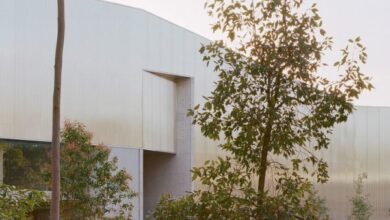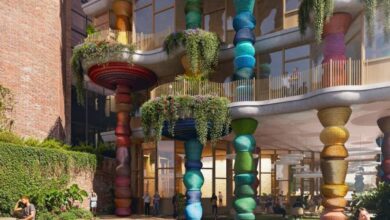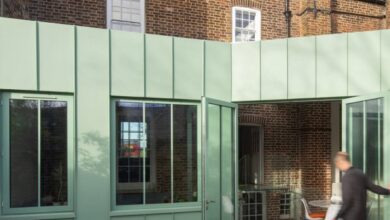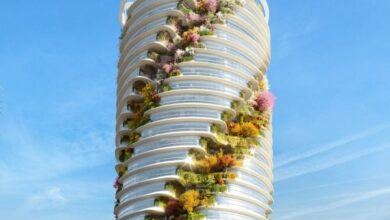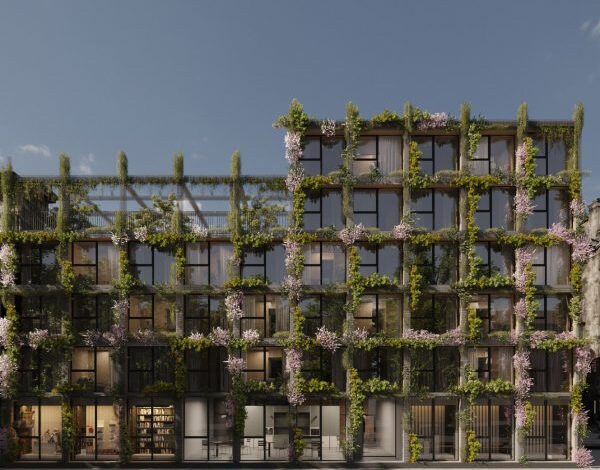
ReHome housing by Cutwork adapts for emergencies and long-term living
[ad_1]
Architecture studio Cutwork has developed a concept for low-cost, modular housing that could be reconfigured to facilitate twice as many people during a crisis.
The experimental architecture and design studio believes its ReHome concept could address the increasing demand for affordable housing around the world.
Rather than building emergency shelters to house people affected by conflict or natural disasters, it proposes structures that would be equally effective in times of stability.
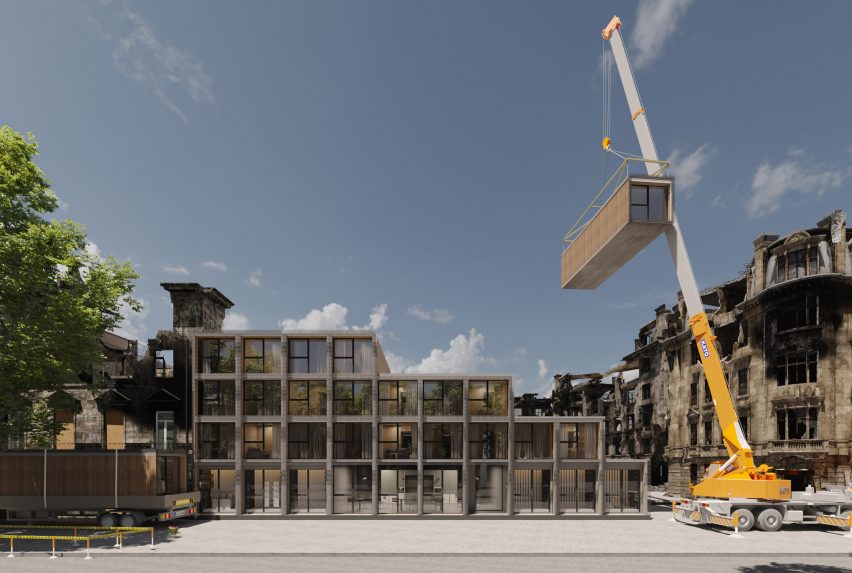
According to Antonin Yuji Maeno, co-founder and lead architect of Cutwork, these homes could be easily adapted to accommodate different volumes of people.
“The idea is not to build strictly emergency shelters that won’t be used in the long term, but to build good quality affordable housing that can provide shelter and security in all environments and situations,” he said.
The project follows Cutwork’s Cortex Shelter project, which was a design for flat-pack refugee shelters.
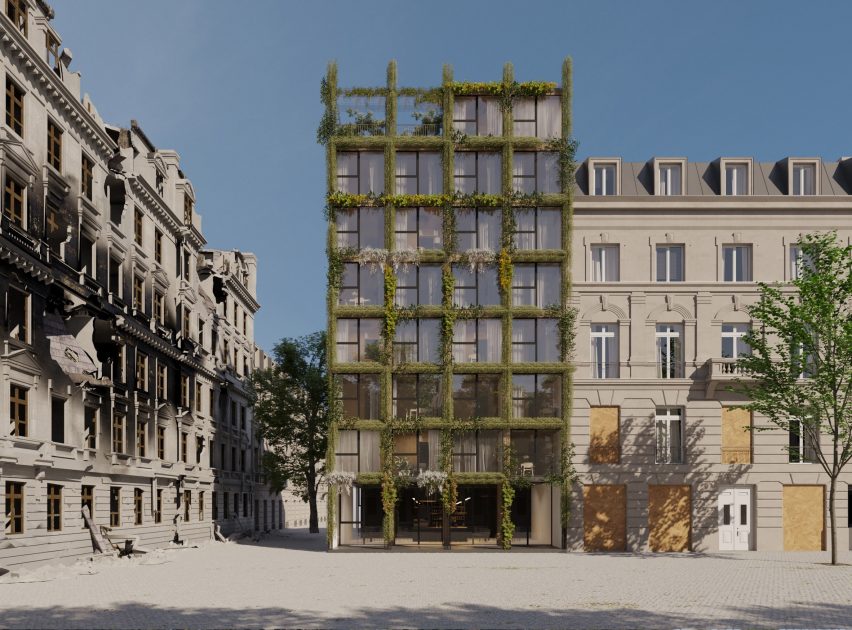
The ReHome system is formed of 27-square-metre units that can be stacked “like Lego bricks” to create buildings of up to six storeys.
These units would be prefabricated off-site to enable fast and cost-efficient construction.
“Regarding the size of the challenge ahead, we can see how prefabrication reduces the cost dramatically for creating affordable, modular housing with economies of scale,” said Maeno.
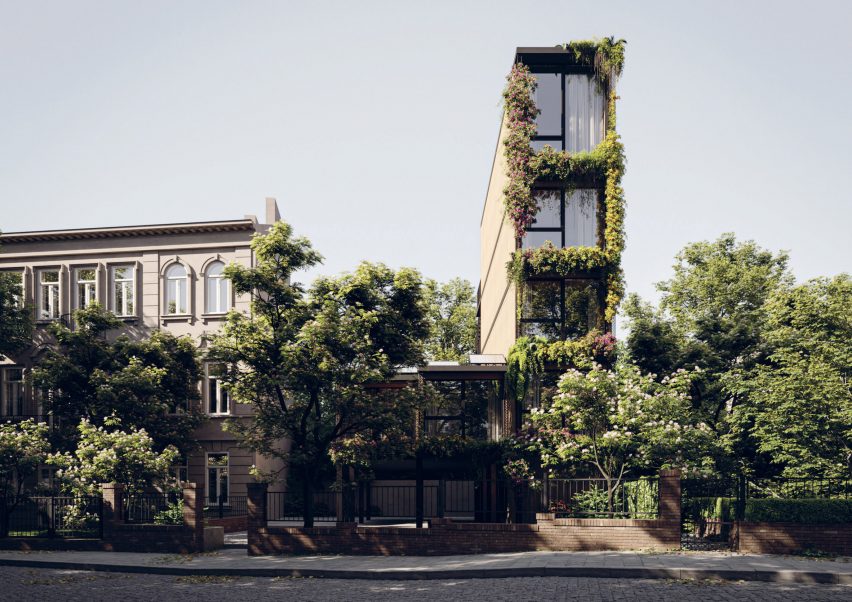
The design allows the units to be combined or adapted to create five different apartment types, plus extra spaces that can be shared between multiple homes.
In Cutwork’s estimation, one 27-square-metre unit could accommodate an individual or couple under normal living conditions, or up to four people in times of crisis.
Similarly, a double unit could accommodate a couple or individual with children, but could be adapted to make room for a family or group of up to six people.

A series of visualisations and drawings reveal the different options and configurations, made possible by the use of compartmentalisation and symmetry.
Each standard unit would be partitioned into three sections with sleeping spaces and utility areas located in the central block, sandwiched in between large flexible living spaces.
Non-load-bearing walls could be removed to connect adjoining rooms, while the bathrooms would incorporate double-door frame systems that allow flexible subdivision.
It would be possible to increase the height of the units to create space for additional mezzanine bedrooms.
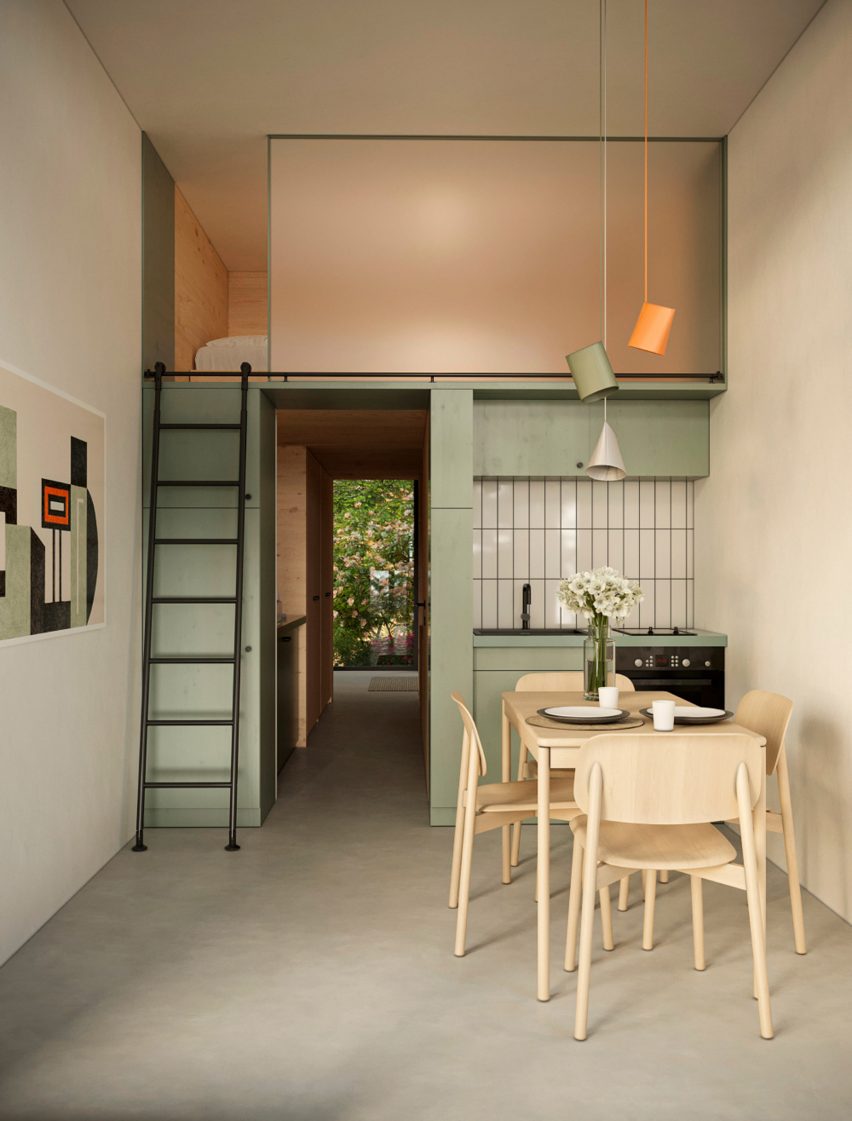
Communal kitchen and laundry units could also be added, to provide opportunities for social interaction or co-working.
The concept visuals show trellises incorporated into the facades, encouraging plants to grow up around the glazed frontages.
ReHome was originally conceived for Ukraine as a low-cost, fast-build solution to replace homes destroyed or damaged since the Russian invasion.
Cutwork’s ambition was for good quality housing that could also become emergency housing if required in the future.
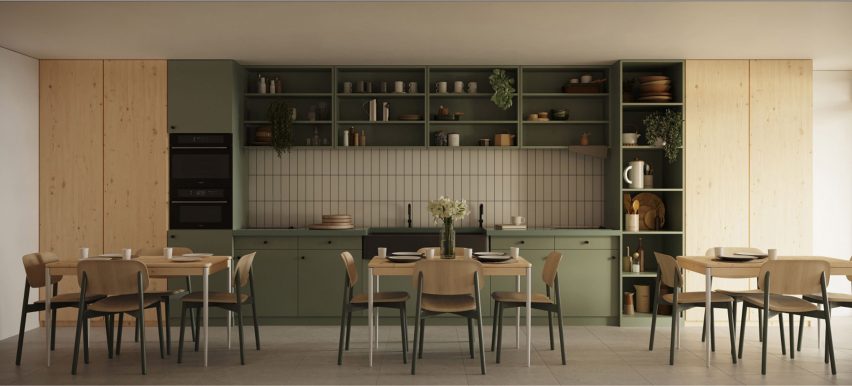
A prototype was planned for construction, in partnership with the Deutsche Gesellschaft für Internationale Zusammenarbeit (German Society for International Cooperation), but is currently on hold.
Maeno believes the project has a wider potential scope around the world and is seeking partners and developers to help bring the concept to life for the first time.
Cutwork already has experience of creating co-living, having worked on the Flatmates housing project in Paris. Architect Norman Foster also recently unveiled a housing prototype for displaced people together with concrete brand Holcim.
[ad_2]


